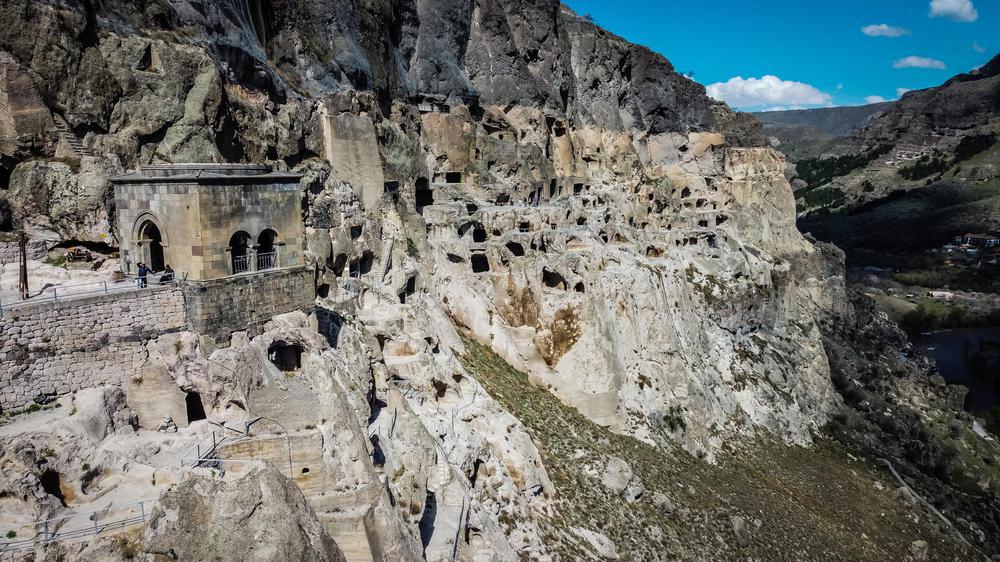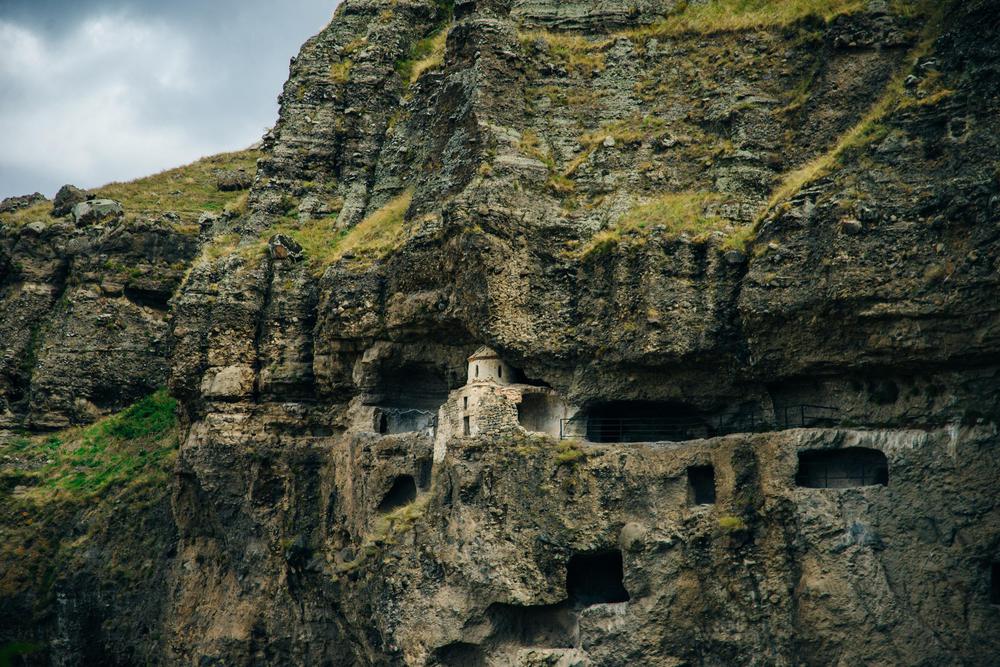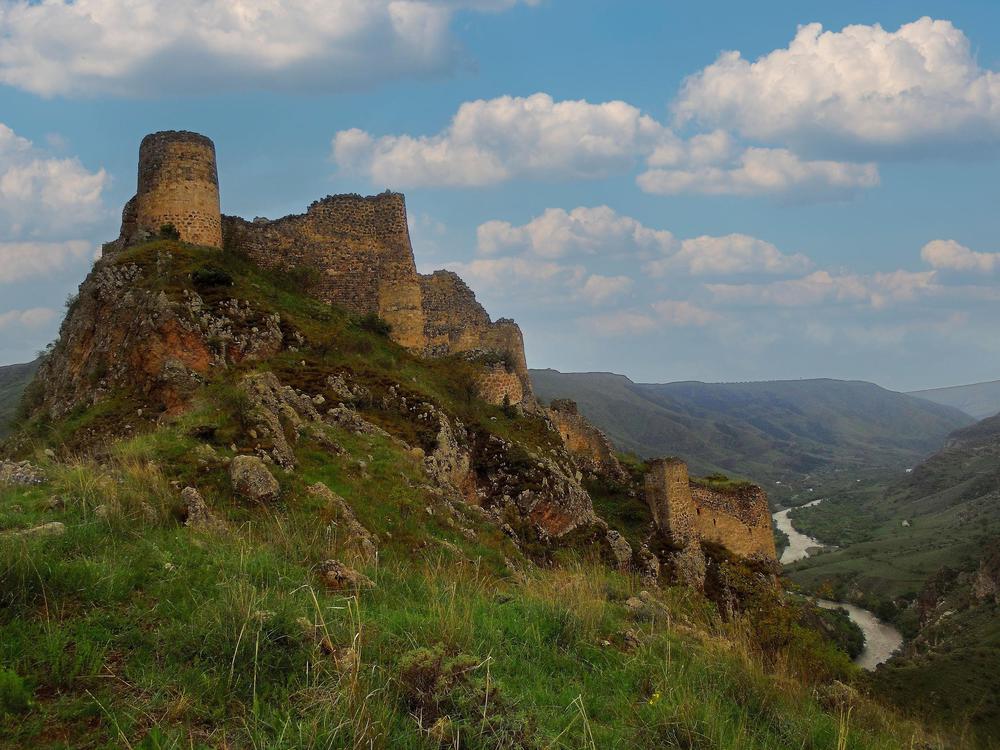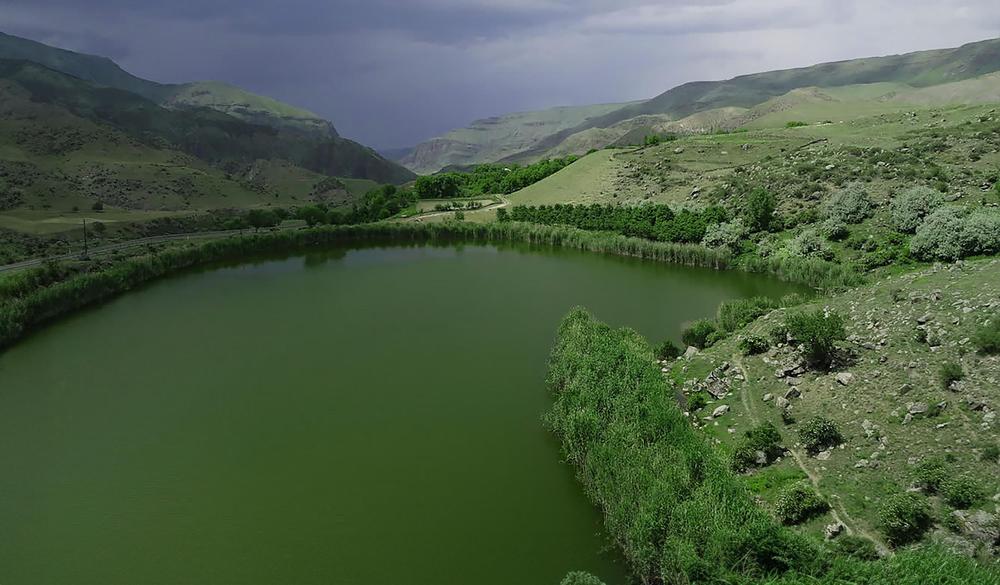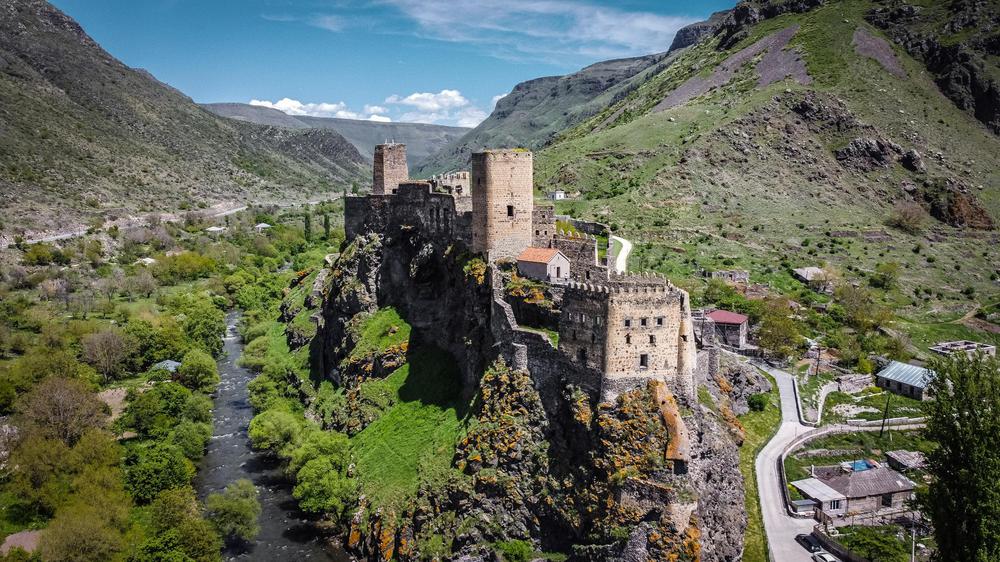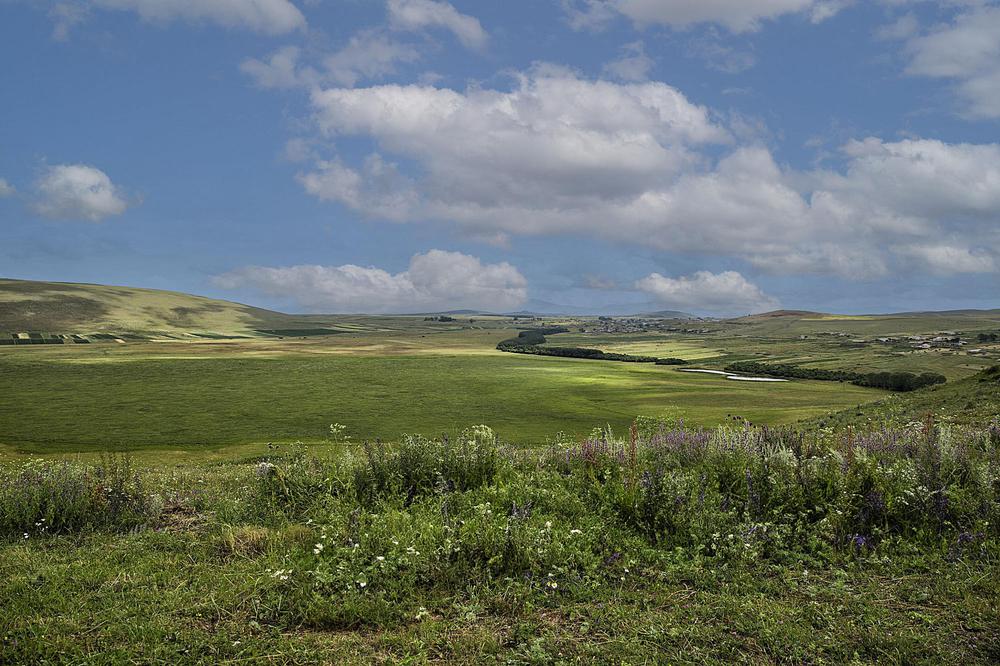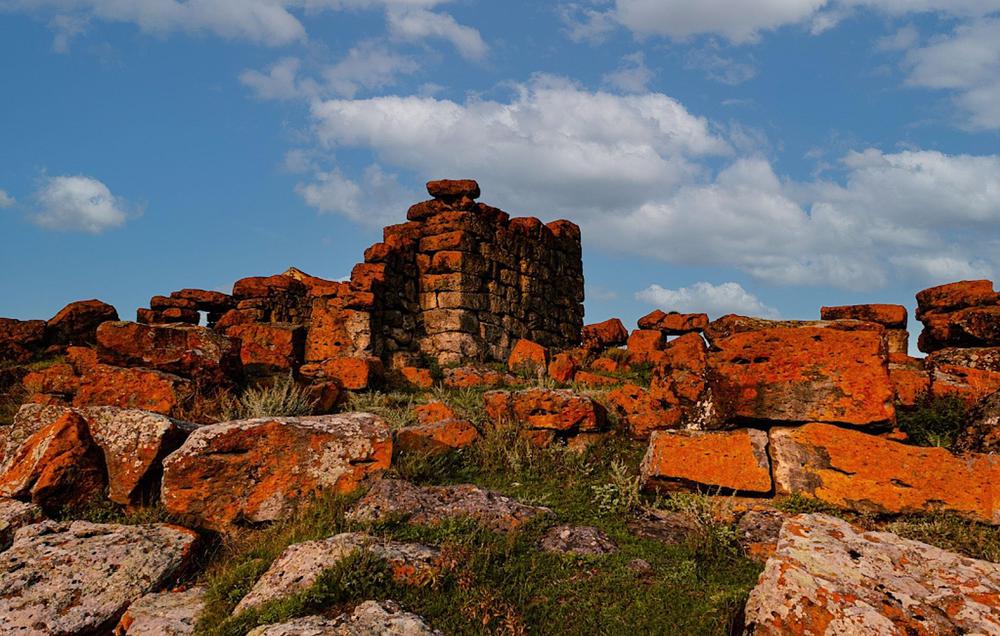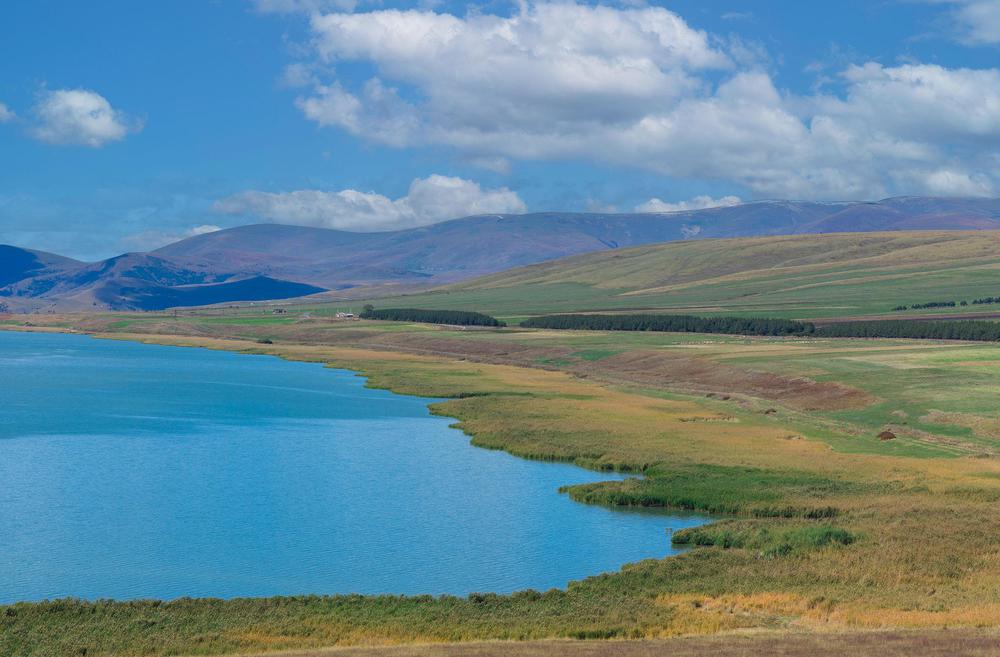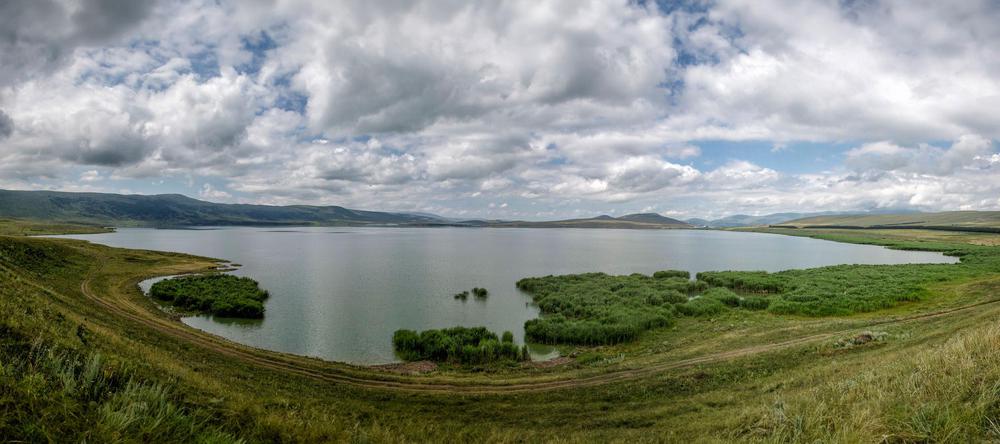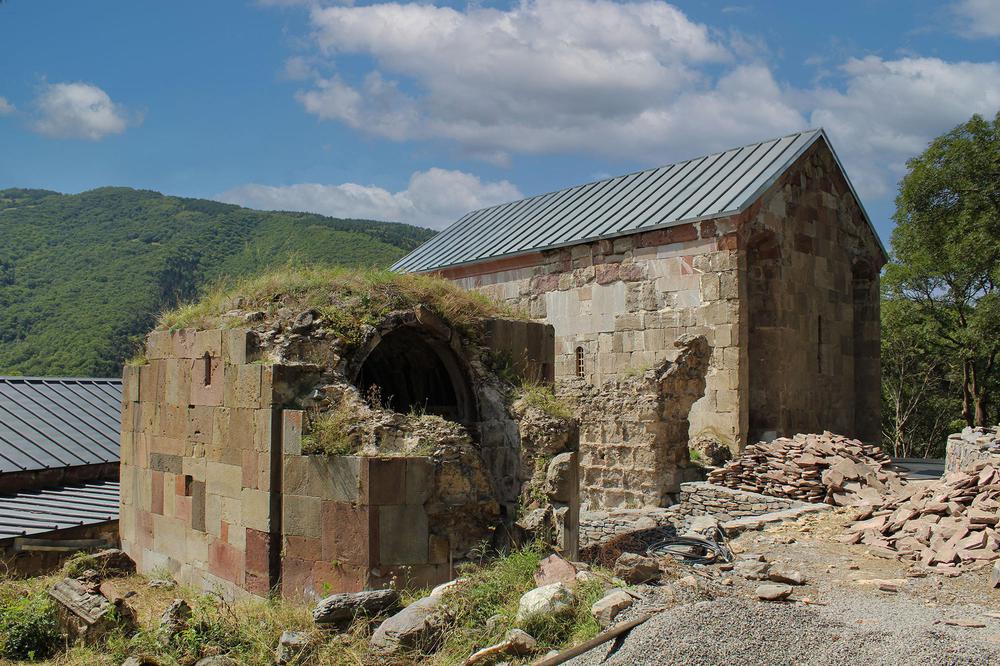Take a step back in time as we explore Chachkari, a medieval rock-hewn village etched into the vibrant history and culture of Georgia. Founded in the 12th century under the rule of Queen Tamara, this historic settlement is not just another village but the veritable 'gate of chacha'—the Georgian term for grape cake.
Chachkari stands as a testimony to the region's rich viticulture and winemaking traditions, with an agricultural heritage deeply embedded in its very walls. The village infrastructure included terraces for cultivating grapes and other crops, with rock-carved storage facilities and wine presses that reveal the village's major role in the local wine industry.
Nestled along the Kura gorge like other notable settlements such as Vardzia and Vanis Kvabebi, Chachkari's architecture reflects the same ingenuity and strategic approach. However, where others had defensive or religious roles, Chachkari was an agricultural powerhouse. More than fifty rocky wine presses dot the landscape, each capable of producing up to 4 tons (8,800 lbs) of wine.
A labyrinth of secret tunnels once connected Chachkari to the cave city of Vardzia, transporting the precious cargo of wine and food. The grapes, cultivated in the village's terraced vineyards, were pressed on-site before the juice was ferried through these underground passages to Vardzia.
Despite its abandonment for nearly a century due to devastating effects of Ottoman rule, Chachkari's legacy lives on. Historians have identified up to 40 Meskhetian vines that still thrive today, with one ancient plant estimated to be around 400 years old.

